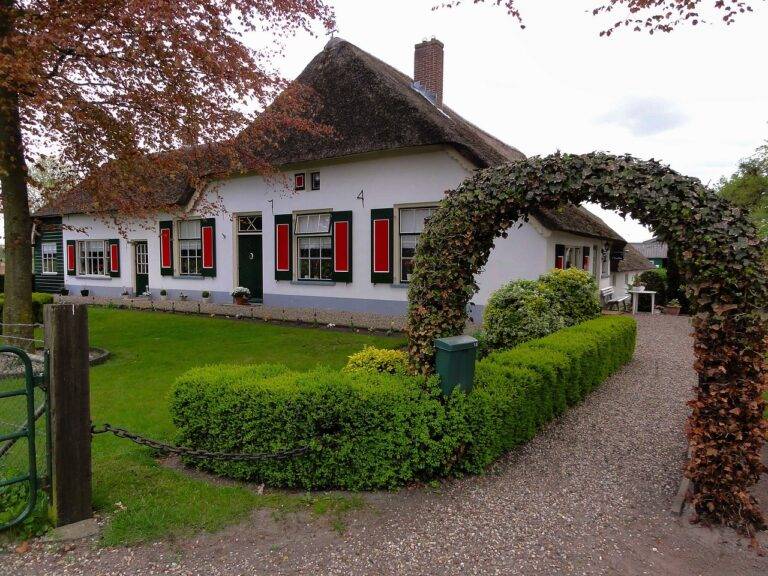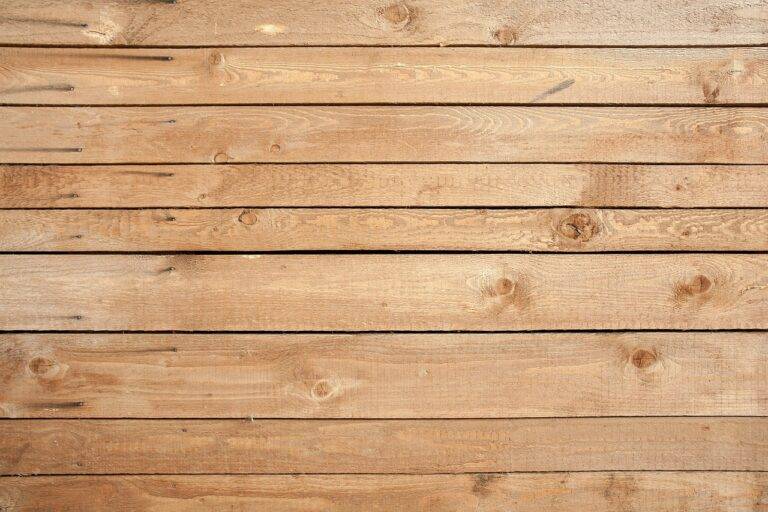Creating a Home with an Indoor-Outdoor Dining Concept
When it comes to creating a seamless transition in interior design, the key lies in harmonizing different spaces within a home or office. One effective way to achieve this is by maintaining a consistent color palette throughout multiple areas. By using complementary tones and shades, you can visually connect rooms and ensure a smooth flow from one space to another. Additionally, incorporating repeating patterns or textures can further enhance the cohesiveness of the overall design, providing a sense of continuity throughout the entire space.
Another aspect to consider in designing a seamless transition is the use of transitional elements that bridge the gap between two distinct areas. For instance, strategically placing furniture or decorative pieces that serve as visual anchors can help guide the eye and create a natural flow between rooms. In addition, incorporating architectural details such as archways or columns can also aid in defining separate areas while maintaining a sense of unity in the overall design scheme. By thoughtfully integrating these elements, you can achieve a seamless transition that not only enhances the aesthetic appeal but also improves the functionality and flow of a space.
Utilizing Natural Elements
Incorporating natural elements into design can add a sense of tranquility and harmony to any space. By seamlessly blending elements such as wood, stone, and plants into the design scheme, a space can evoke a calming and serene atmosphere. Natural textures and colors can create a connection to the outdoors, providing a sense of grounding and relaxation for occupants.
Furthermore, natural elements have the ability to improve air quality and enhance overall well-being within a space. Plants, for example, not only add aesthetic appeal but also purify the air by absorbing pollutants and releasing oxygen. Including elements like natural light and views of nature can also help reduce stress and increase productivity in a space.
How can natural elements be incorporated into design?
Natural elements can be incorporated into design by using materials such as wood, stone, plants, and water features to create a seamless transition between the indoors and outdoors.
What are some benefits of utilizing natural elements in design?
Some benefits of utilizing natural elements in design include creating a sense of calm and relaxation, improving air quality, and promoting a connection to nature.
How can I design a seamless transition between indoors and outdoors?
To design a seamless transition between indoors and outdoors, consider using large windows, glass doors, and open floor plans to blur the lines between the two spaces. Additionally, use similar materials and color palettes to create a cohesive look.
What are some ways to incorporate plants into design?
Plants can be incorporated into design by using potted plants, hanging planters, vertical gardens, and living walls. Plants not only add a touch of nature to a space but also help improve air quality and reduce stress.
How can water features be utilized in design?
Water features can be utilized in design by incorporating fountains, ponds, or waterfalls to create a calming and soothing atmosphere. Water features can also help mask noise and create a sense of tranquility in a space.





